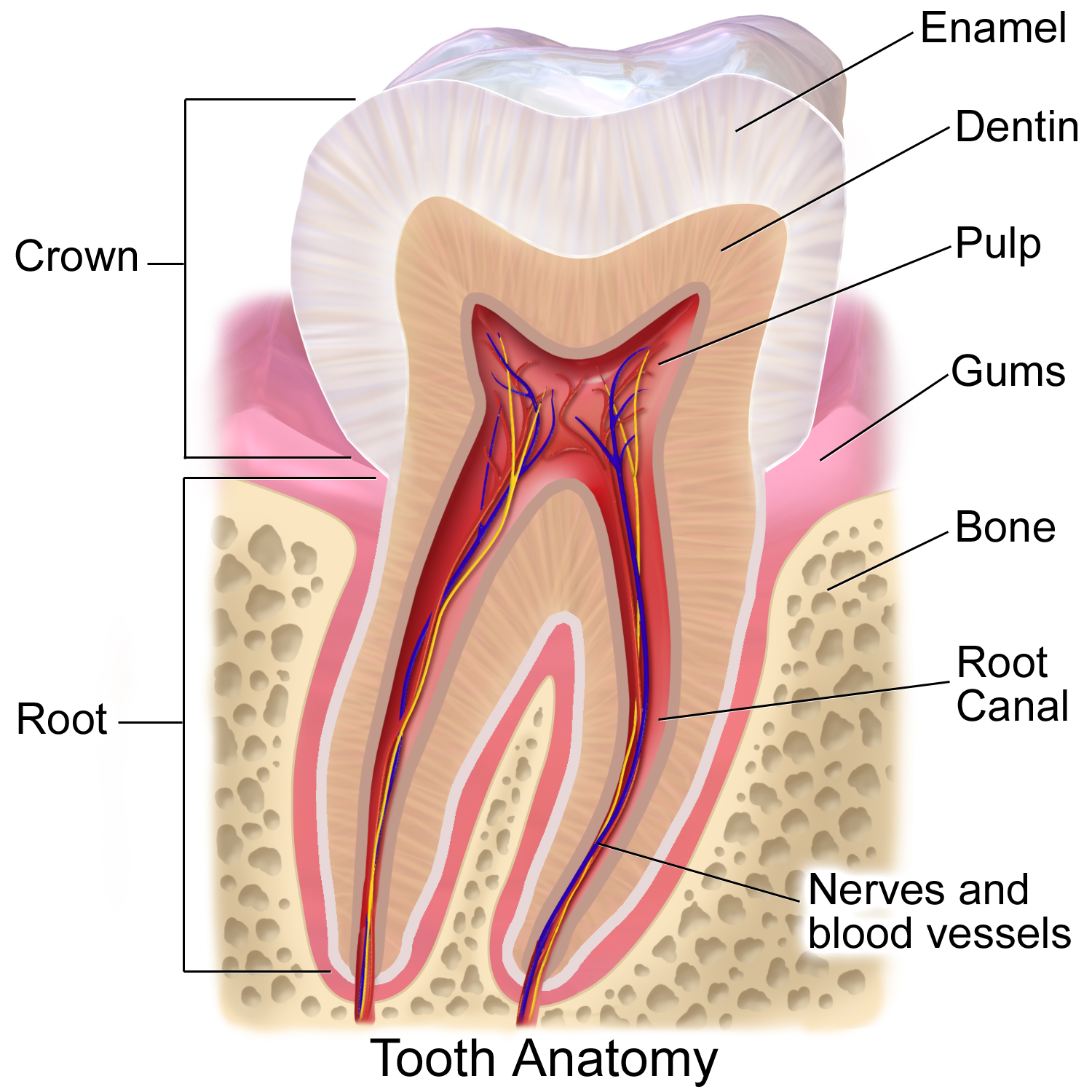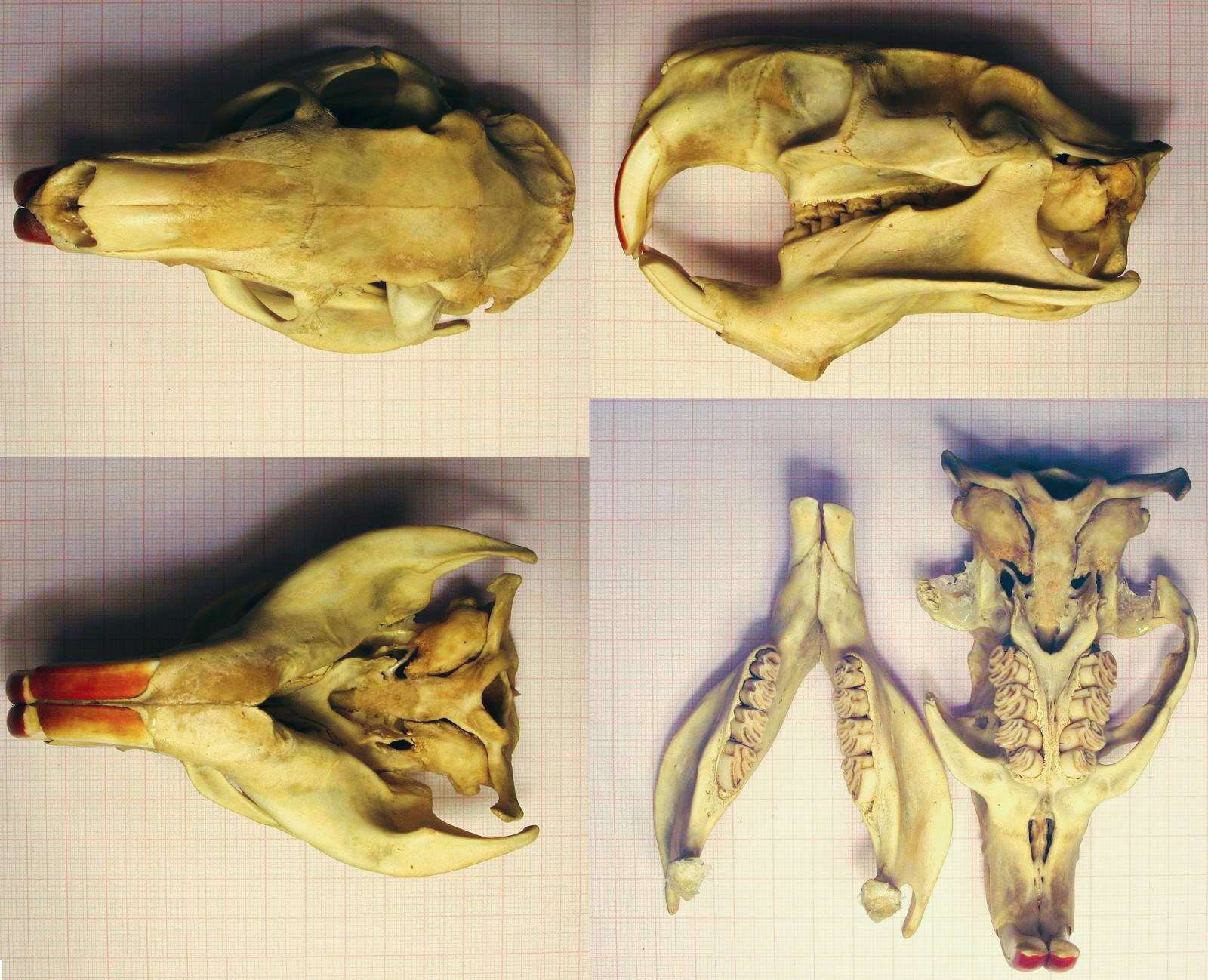|
Tsaganomyidae
The Tsaganomyidae are an extinct family of rodents from Asia. It contains three genera. Tsaganomyids are generally considered to be related to the Hystricognathi (porcupines and relatives). Members of Tsaganomyidae were fossorial (digging) rodents that probably used their incisor teeth to dig like some living mole rats. Characteristics Tsaganomyids had a protrogomorphous zygomasseteric system The zygomasseteric system (or zygomasseteric structure) in rodents is the anatomical arrangement of the masseter muscle of the jaw and the zygomatic arch of the skull. The anteroposterior or propalinal (front-to-back) motion of the rodent jaw ..., a hystricognathous lower jaw, and multiserial enamel in their incisor teeth. References Prehistoric rodent families Rupelian first appearances Miocene extinctions {{paleo-rodent-stub ... [...More Info...] [...Related Items...] OR: [Wikipedia] [Google] [Baidu] |
Tsaganomys
''Tsaganomys altaicus'' is an extinct species of rodent from Asia Asia (, ) is one of the world's most notable geographical regions, which is either considered a continent in its own right or a subcontinent of Eurasia, which shares the continental landmass of Afro-Eurasia with Africa. Asia covers an ..., and the only species in the genus ''Tsaganomys''. Junior synonyms and likely junior synonyms: ''American Museum Novitates'', Number 3156, December 29, 1995 *Cyclomylus lohensis *Cyclomylus minutus *Sepulkomys eboretus *Beatomus bisus *Pse ... [...More Info...] [...Related Items...] OR: [Wikipedia] [Google] [Baidu] |
Early Oligocene
The Rupelian is, in the geologic timescale, the older of two ages or the lower of two stages of the Oligocene Epoch/ Series. It spans the time between . It is preceded by the Priabonian Stage (part of the Eocene) and is followed by the Chattian Stage. Name The stage is named after the small river Rupel in Belgium, a tributary to the Scheldt. The Belgian Rupel Group derives its name from the same source. The name Rupelian was introduced in scientific literature by Belgian geologist André Hubert Dumont in 1850. The separation between the group and the stage was made in the second half of the 20th century, when stratigraphers saw the need to distinguish between lithostratigraphic and chronostratigraphic names. Stratigraphic definition The base of the Rupelian Stage (which is also the base of the Oligocene Series) is at the extinction of the foraminiferan genus '' Hantkenina''. An official GSSP for the base of the Rupelian has been assigned in 1992 ( Massignano, Italy) ... [...More Info...] [...Related Items...] OR: [Wikipedia] [Google] [Baidu] |
Fossorial
A fossorial () animal is one adapted to digging which lives primarily, but not solely, underground. Some examples are badgers, naked mole-rats, clams, meerkats, and mole salamanders, as well as many beetles, wasps, and bees. Prehistoric evidence The physical adaptation of fossoriality is widely accepted as being widespread among many prehistoric phyla and taxa, such as bacteria and early eukaryotes. Furthermore, fossoriality has evolved independently multiple times, even within a single family. Fossorial animals appeared simultaneously with the colonization of land by arthropods in the late Ordovician period (over 440 million years ago). Other notable early burrowers include '' Eocaecilia'' and possibly ''Dinilysia''. The oldest example of burrowing in synapsids, the lineage which includes modern mammals and their ancestors, is a cynodont, '' Thrinaxodon liorhinus'', found in the Karoo of South Africa, estimated to be 251 million years old. Evidence shows t ... [...More Info...] [...Related Items...] OR: [Wikipedia] [Google] [Baidu] |
Prehistoric Rodent Families
Prehistory, also known as pre-literary history, is the period of human history between the use of the first stone tools by hominins 3.3 million years ago and the beginning of recorded history with the invention of writing systems. The use of symbols, marks, and images appears very early among humans, but the earliest known writing systems appeared 5000 years ago. It took thousands of years for writing systems to be widely adopted, with writing spreading to almost all cultures by the 19th century. The end of prehistory therefore came at very different times in different places, and the term is less often used in discussing societies where prehistory ended relatively recently. In the early Bronze Age, Sumer in Mesopotamia, the Indus Valley Civilisation, and ancient Egypt were the first civilizations to develop their own scripts and to keep historical records, with their neighbors following. Most other civilizations reached the end of prehistory during the following Iron Age. ... [...More Info...] [...Related Items...] OR: [Wikipedia] [Google] [Baidu] |
Tooth Enamel
Tooth enamel is one of the four major tissues that make up the tooth in humans and many other animals, including some species of fish. It makes up the normally visible part of the tooth, covering the crown. The other major tissues are dentin, cementum, and dental pulp. It is a very hard, white to off-white, highly mineralised substance that acts as a barrier to protect the tooth but can become susceptible to degradation, especially by acids from food and drink. Calcium hardens the tooth enamel. In rare circumstances enamel fails to form, leaving the underlying dentin exposed on the surface. Features Enamel is the hardest substance in the human body and contains the highest percentage of minerals (at 96%),Ross ''et al.'', p. 485 with water and organic material composing the rest.Ten Cate's Oral Histology, Nancy, Elsevier, pp. 70–94 The primary mineral is hydroxyapatite, which is a crystalline calcium phosphate. Enamel is formed on the tooth while the tooth develops wit ... [...More Info...] [...Related Items...] OR: [Wikipedia] [Google] [Baidu] |
Zygomasseteric System
The zygomasseteric system (or zygomasseteric structure) in rodents is the anatomical arrangement of the masseter muscle of the jaw and the zygomatic arch of the skull. The anteroposterior or propalinal (front-to-back) motion of the rodent jaw is enabled by an extension of the zygomatic arch and the division of the masseter into a superficial, lateral and medial muscle. The four main types are described as protrogomorphous, sciuromorphous, hystricomorphous, and myomorphous.{* Protrogomorphy The members of this grade include nearly all of the pre-Oligocene rodents of North America and Asia and some of those of Europe. Several lineages survive into the Oligocene or early Miocene, with only one species still alive today, the mountain beaver (''Aplodontia rufa The mountain beaver (''Aplodontia rufa'')Other names include mountain boomer, ground bear, giant mole, gehalis, lesser sasquatch, sewellel, suwellel, showhurll, showtl, and showte, as well as a number of Chinookan and ... [...More Info...] [...Related Items...] OR: [Wikipedia] [Google] [Baidu] |
Protrogomorphous
The zygomasseteric system (or zygomasseteric structure) in rodents is the anatomical arrangement of the masseter muscle of the jaw and the zygomatic arch of the skull. The anteroposterior or propalinal (front-to-back) motion of the rodent jaw is enabled by an extension of the zygomatic arch and the division of the masseter into a superficial, lateral and medial muscle. The four main types are described as protrogomorphous, sciuromorphous, hystricomorphous, and myomorphous.{* Protrogomorphy The members of this grade include nearly all of the pre-Oligocene rodents of North America and Asia and some of those of Europe. Several lineages survive into the Oligocene or early Miocene, with only one species still alive today, the mountain beaver ('' Aplodontia rufa''). The molerats (family Bathyergidae) are considered secondarily protrogomorphous since their zygomatic condition is clearly derived from a hystricomorphous ancestor. The rostrum of protrogomorph rodents is unmodified a ... [...More Info...] [...Related Items...] OR: [Wikipedia] [Google] [Baidu] |
Blesmol
The blesmols, also known as mole-rats, or African mole-rats, are burrowing rodents of the family Bathyergidae. They represent a distinct evolution of a subterranean life among rodents much like the pocket gophers of North America, the tuco-tucos in South America, or the Spalacidae from Eurasia. Distribution Modern blesmols are found strictly in sub-Saharan Africa. Fossil forms are also restricted almost exclusively to Africa, although a few specimens of the Pleistocene species ''Cryptomys asiaticus'' have been found in Israel. Nowak (1999) also reports that †''Gypsorhychus'' has been found in fossil deposits of Mongolia. Anatomy Blesmols are somewhat mole-like animals with cylindrical bodies and short limbs. They range from in length, and from in weight, depending on the species. Blesmols, like many other fossorial mammals, have greatly reduced eyes and ear pinnae, a relatively short tail, loose skin, and (aside from the hairless naked mole rat) velvety fur. ... [...More Info...] [...Related Items...] OR: [Wikipedia] [Google] [Baidu] |
Incisor
Incisors (from Latin ''incidere'', "to cut") are the front teeth present in most mammals. They are located in the premaxilla above and on the mandible below. Humans have a total of eight (two on each side, top and bottom). Opossums have 18, whereas armadillos have none. Structure Adult humans normally have eight incisors, two of each type. The types of incisor are: * maxillary central incisor (upper jaw, closest to the center of the lips) * maxillary lateral incisor (upper jaw, beside the maxillary central incisor) * mandibular central incisor (lower jaw, closest to the center of the lips) * mandibular lateral incisor (lower jaw, beside the mandibular central incisor) Children with a full set of deciduous teeth (primary teeth) also have eight incisors, named the same way as in permanent teeth. Young children may have from zero to eight incisors depending on the stage of their tooth eruption and tooth development. Typically, the mandibular central incisors erupt first, ... [...More Info...] [...Related Items...] OR: [Wikipedia] [Google] [Baidu] |
Porcupine
Porcupines are large rodents with coats of sharp spines, or quills, that protect them against predation. The term covers two families of animals: the Old World porcupines of family Hystricidae, and the New World porcupines of family, Erethizontidae. Both families belong to the infraorder Hystricognathi within the profoundly diverse order Rodentia and display superficially similar coats of rigid or semi-rigid quills, which are modified hairs composed of keratin. Despite this, the two groups are distinct from one another and are not closely related to each other within the Hystricognathi. The largest species of porcupine is the third-largest living rodent in the world, after the capybara and beaver. The Old World porcupines (Hystricidae) live in Italy, Asia (western and southern), and most of Africa. They are large, terrestrial, and strictly nocturnal. The New World porcupines (Erethizontidae) are indigenous to North America and northern South America. They live in wooded a ... [...More Info...] [...Related Items...] OR: [Wikipedia] [Google] [Baidu] |
Early Miocene
The Early Miocene (also known as Lower Miocene) is a sub-epoch of the Miocene Epoch made up of two stages: the Aquitanian and Burdigalian stages. The sub-epoch lasted from 23.03 ± 0.05 Ma to 15.97 ± 0.05 Ma (million years ago). It was preceded by the Oligocene epoch. As the climate started to get cooler, the landscape started to change. New mammals evolved to replace the extinct animals of the Oligocene epoch. The first members of the hyena and weasel family started to evolve to replace the extinct '' Hyaenodon'', entelodonts and bear-dogs. The chalicotheres survived the Oligocene epoch. A new genus of entelodont called '' Daeodon'' evolved in order to adapt to the new habitats and hunt the new prey animals of the Early Miocene epoch; it quickly became the top predator of North America. But it became extinct due to competition from ''Amphicyon ''Amphicyon'' ("ambiguous dog") is an extinct genus of large carnivorous bone-crushing mammals, popularly known as bear dogs ... [...More Info...] [...Related Items...] OR: [Wikipedia] [Google] [Baidu] |




